Diamond stud earrings set in gold are the perfect way to show off two of my favorite things: gold and diamonds! You get TWO amazing diamonds, wrapped in gold, and showcased front and center (and by center, I mean center of the earlobes). I love simple, elegant, timeless jewelry, and studs are just that! So, if you are in the market for such a thing, I’ve got all your questions answered- why gold is so awesome, the differences in gold karats, what design options we have for studs, and the quality of diamond you will want to look for. I can promise this will most definitely be the only guide you’ll ever need for gold diamond stud earrings!
Why Gold?
- Rare.
- Durable.
- Comes in yellow, white, and rose colors.
- Maintains its value.
- Totally a classic.
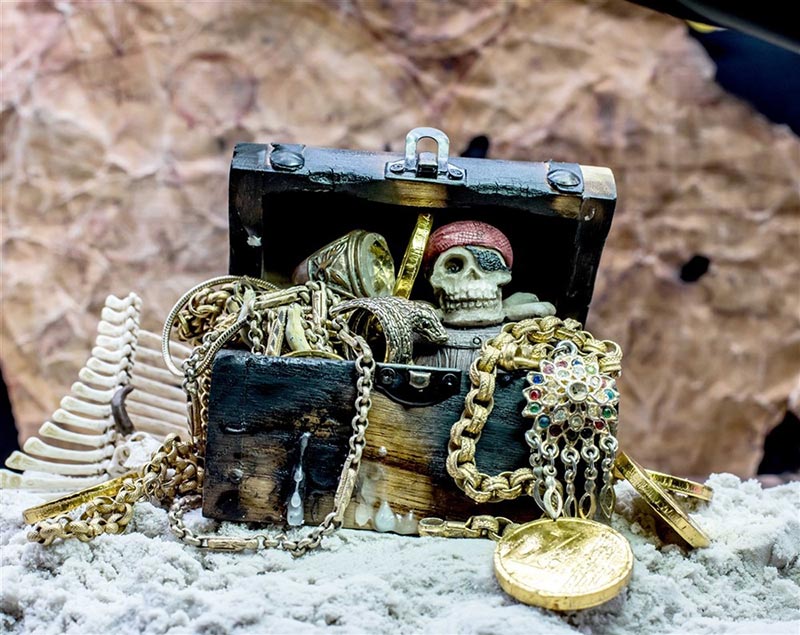
The allure of gold is real… civilizations have been conquered, resources drained, and stories of finding legendary cities made of gold have been told since the dawn of time! It’s not only one of the rarest elements found on Earth, but it is actually extremely rare throughout the entire universe (which automatically makes me want it even more). And gold is one of those things that will always maintain its classic look, no matter how many years go by.
Honestly, there are a million great reasons for choosing gold in jewelry, but yellow gold in particular is great because it compliments yellow-tinted diamonds. I’ll explain - the diamond color scale ranges from colorless to yellow or brown tinted (or from D-Z). True colorless diamonds are rare, and hence more expensive. Yellow tinted diamonds are more affordable because most diamonds have some coloring to them. Choosing a slightly yellow tinted diamond and then pairing it with yellow gold will create a warm, romantic look (that is also budget friendly).
Difference Between 24k, 18k, 14k Gold

Surprisingly, pure gold is too soft to be used in jewelry. To make gold more durable, it is mixed with other metals like zinc, copper, silver, or nickel - which are called alloys. The karat is how we measure the purity of gold being used, with 24k being our true pure gold. So, the lower the karat, the more alloys have been mixed in, and the more affordable the metal will be.
Furthermore, when we add more alloys to the gold, the gold becomes more durable. This means that 14k is more durable than 18k gold (which is great for active people). Also, the addition of alloys is also what gives us the different colored golds, like our white or rose gold.
Along with the durability, there is a slight visual difference between karats too. The closer to pure gold the piece is, the more rich and vibrant color it will be. For example - if you look at an 18k gold next to a 14k gold, it will have a warmer, fuller color, like golden hay reflecting in the sun. And, if you aren’t sure what you’re looking at, the piece will be stamped somewhere with the purity mark to make it easy!
Stud Earring Settings
The setting in all jewelry is really important because this is literally what holds the gem in place, but it also gives us the visual aesthetic and style of the piece. And when we are working with such a simplistic design, like fabulous stud earrings- every decision counts. Our top 3 most popular settings are the prong, bezel, and halo.
The Prong
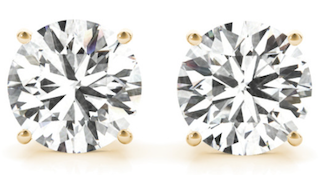
This option is the classic style most of us are familiar with. The setting looks like a small metal claw, with typically 4 to 6 prongs, that come up and over the diamond to hold it securely in place. The big benefit of the prong setting is that it allows a lot of the diamond to be visible - which gives us the most sparkle and brilliance possible (the more light that can enter a diamond, the more light a diamond can reflect back at you). Plus, having more of the diamond accessible makes it much easier to clean, which is a win!
The only real downside is if you wear your studs often, you will want to have the prongs check at least once a year to make sure they haven’t loosened. Worst case scenario, you could lose a diamond… which would really suck. But! As long as you have the prongs check occasionally this really is a very safe setting.
The Bezel
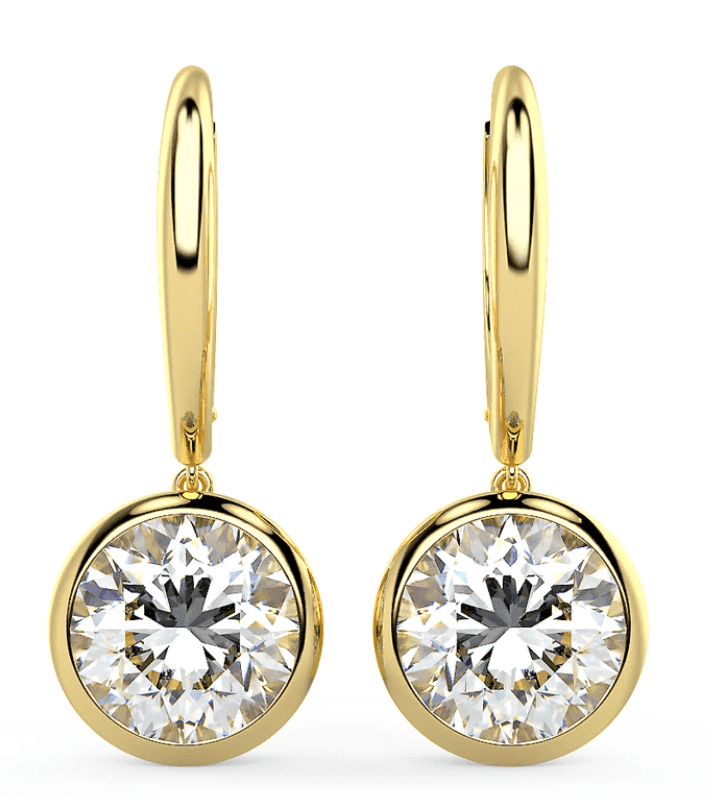
The bezel setting gives us more of a modern look. This setting essentially encloses the diamond in gold, except for the top- which is only lined by a thin rim of material. The bezel is the safest setting since it basically covers most of the stone (and without the worry of loosening prongs).
Since the metal does such a good job of covering the diamond, a couple things happen. For one, not as much light will be able to penetrate the gem, so it won’t be able to shine as it would if it were set in an airy prong setting. Secondly, a bezel setting makes it harder to clean the stone at home since there is little to no access to the bottom. With that said, any professional can clean it for you so don’t let that be your make or break factor!
The Halo
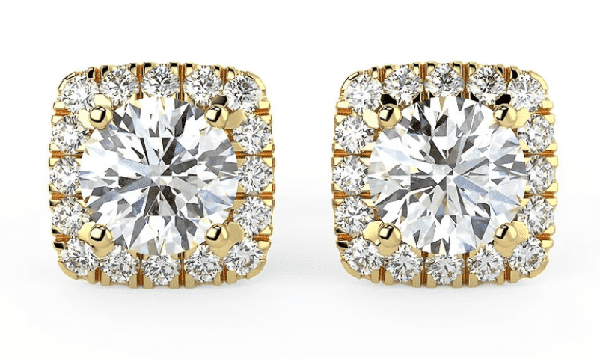
We often think of the halo setting when it comes to rings, but it is an option for our gold stud diamond earrings as well! The halo works amazingly with any solitaire stone because it makes the solo gem appear larger, protects the main diamond by surrounding it, and adds extra sparkle to the piece! Easily, of the 3, this is the most interesting setting to look at.
A few things to note about this setting though: adding a halo to your studs will definitely up the budget for the earrings (since we’re adding more diamonds), a halo earring is harder to clean than just a simple solitaire stud, and not everyone is a fan of the halo design.
Diamond Shape
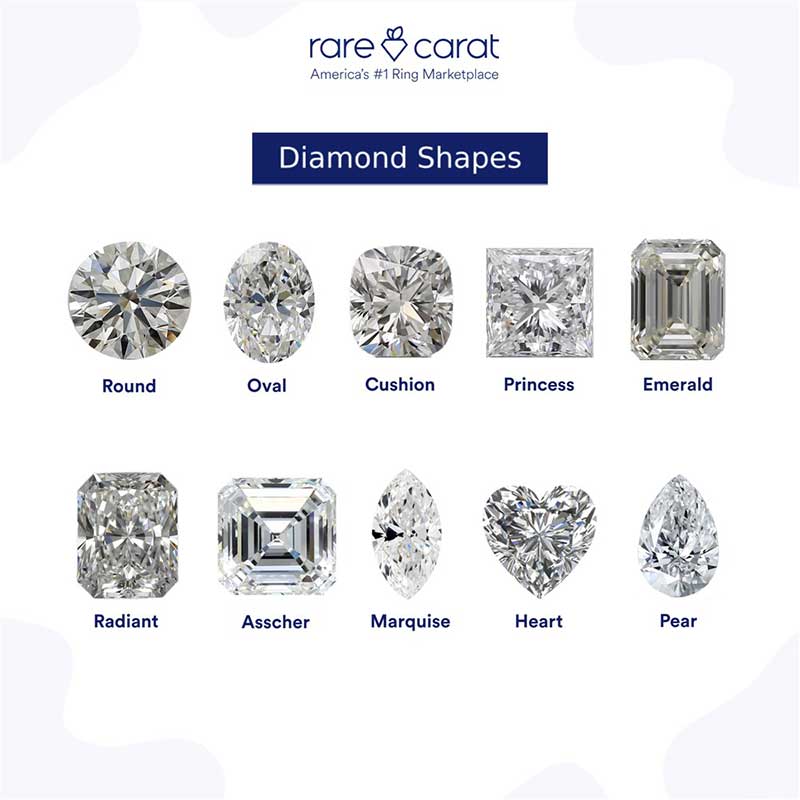
I want to bring attention to the fact that diamond stud earrings don’t necessarily have to be round brilliant cuts, although that is by far the most popular choice (which ironically also makes them the most expensive). Any shape of diamond can be used for gold stud earrings! Including, but not limited to, the princess, emerald, marquise, baguette, heart, oval, etc… And while it might be harder to perfectly match two heart shaped diamonds, if that is the perfect shape for you then go for it!
Diamond Quality
I love talking about diamond quality because there is such a range, which means there is something perfect for everybody! The 4 C’s - cut, color, clarity, and carat weight, are how we establish the value of any diamond. Diamonds can literally range from perfectly flawless and colorless, to being very highly included with an obvious brown or yellow color. The sweet spot will be somewhere in between.
Cut
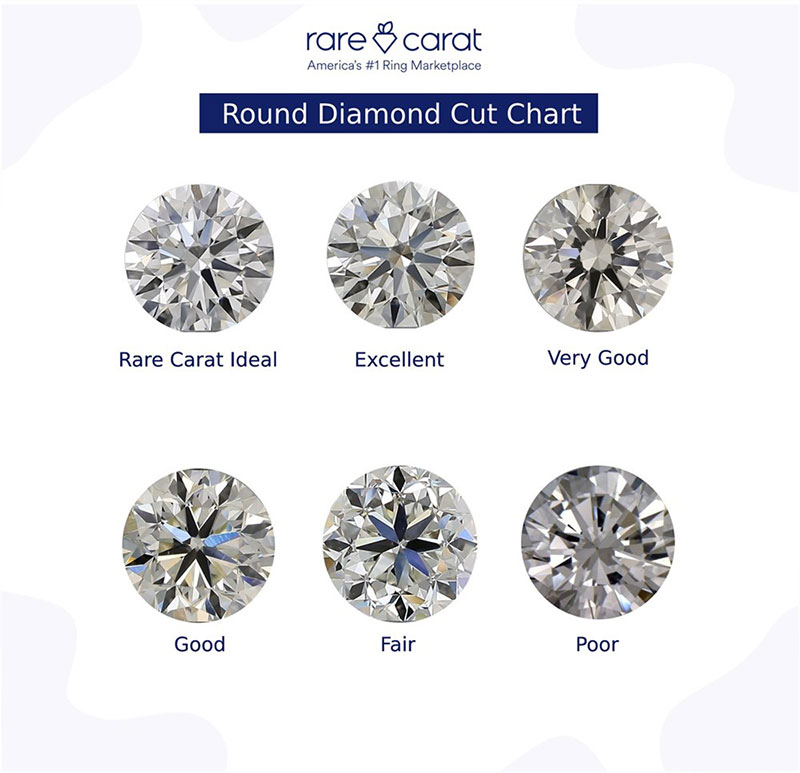
The cut of the diamond, not to be confused with the shape of the diamond, ranges from excellent to poor. The reason cut is so important to us is because the proper proportions are needed for good light interaction, which allows the diamond to sparkle to its fullest. If a diamond is cut poorly it can look fuzzy, hazy, or even dark on the inside. Definitely not what we are looking for!
Color
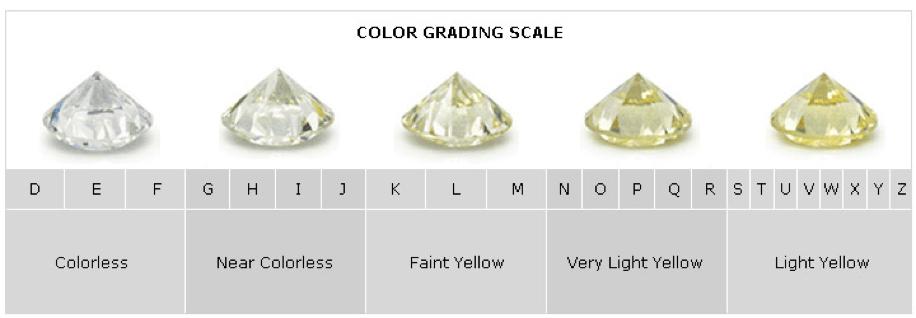
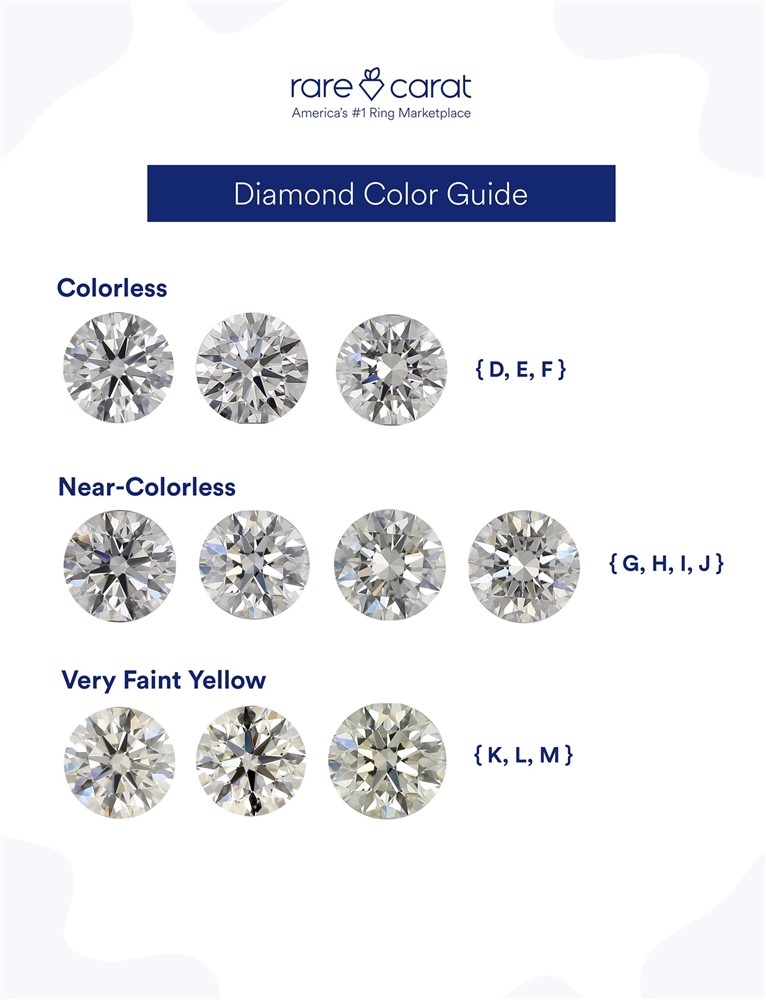
Like I briefly mentioned, diamonds range from colorless to yellow or brown tinted (D-Z on the color scale), with most diamonds having some sort of color to them. True colorless diamonds are rare, and also, I think slightly unnecessary for stud earrings. Most of us won’t perceive color until around the K grade- which means opting for a diamond close to or above that grade should still appear colorless and be easier on the budget!
Clarity
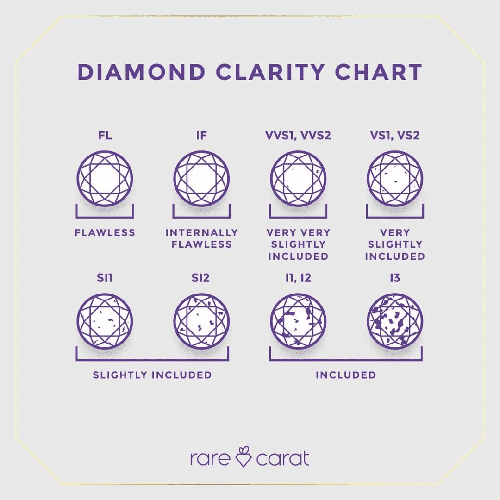
Ranging from FL (flawless) to I3 (included), diamonds have a wide selection of clarities. True flawless diamonds are rare, like really rare, and they definitely wouldn’t be my first choice for stud earrings (that’s a lie they’d totally always be my first choice if possible). But really, just like with the color call, inclusions become eye visible around the SI2 grade- meaning anything above that will appear eye clean… and that is always the main goal when buying diamonds.
Carat Weight
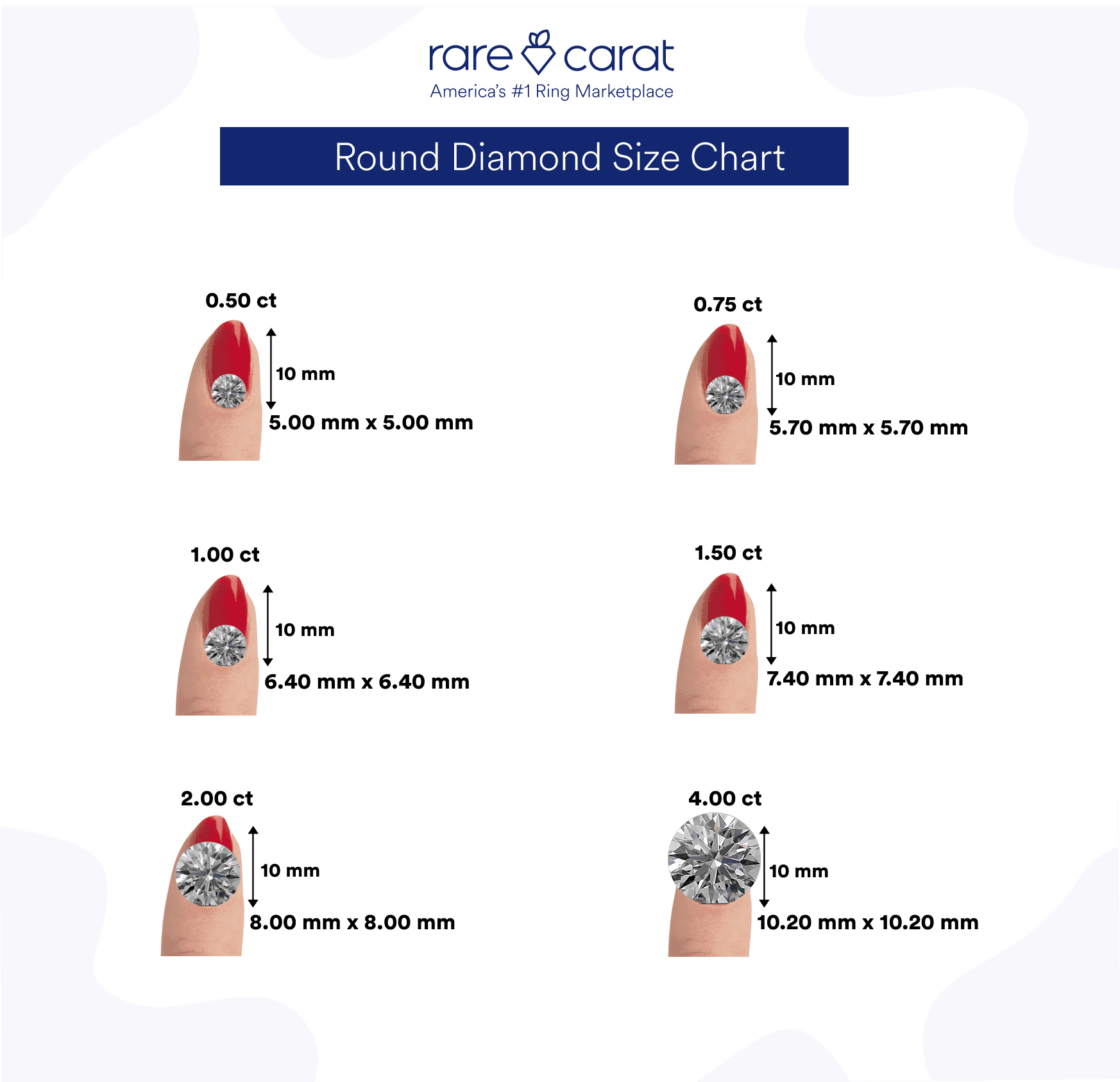
The carat of a diamond is different than the karat of gold; the carat is how we measure the weight of a diamond. This is probably obvious, but the bigger the diamond, the more expensive it will be. And since we are talking studs- we have two diamonds! Ultimately though this is completely personal preference, or it might be influenced by budget, but I promise there is no wrong carat weight when it comes to diamonds!
Okay I think we’ve covered everything you could ever want to know about gold diamond stud earrings! Naturally, gold is a beloved material we will continue to be obsessed with for eons to come. And then you want to throw some diamonds in with it?! Gold and diamonds are like peanut butter and jelly, but way, waaay more awesome… making these classic studs a perfect choice for any diamond lover!

